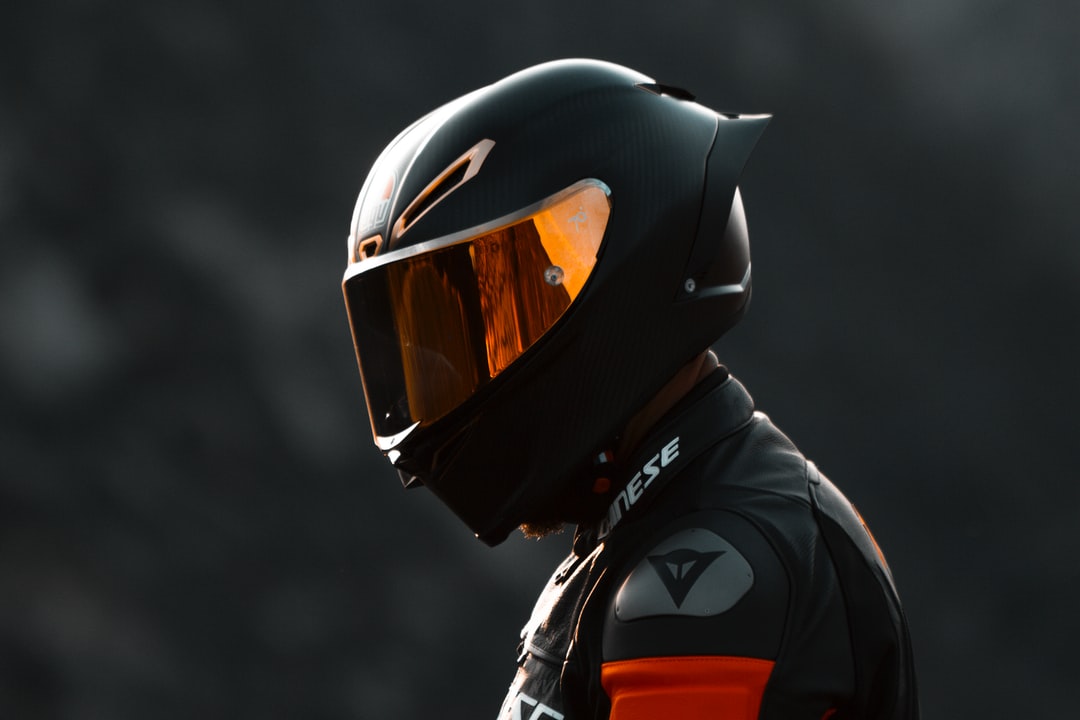Not known Details About Motorcycle Boots
Not known Details About Motorcycle Boots
Blog Article
Motorcycle Boots for Dummies
Table of ContentsThe Best Strategy To Use For Motorcycle BootsMotorcycle Boots Can Be Fun For AnyoneNot known Facts About Motorcycle BootsThe Best Strategy To Use For Motorcycle BootsThe Ultimate Guide To Motorcycle BootsFascination About Motorcycle Boots
The vital components of contemporary motorcycles are provided listed below.; this has been utilized all via motorcycle background yet is currently coming to be much more common.It was extensively out of favor and typically regarded as a negative concept at the time. Today it is a made use of on some "thumpers" (single-cylinder four-strokes) that normally have dry-sump lubrication requiring an outside oil storage tank. It has since gained some cachet in the contemporary custom bike world also due to the room savings it can pay for and the reference to an earlier age.
Any type of storage space container for fuel might be so called, the term is normally used to component of an engine system in which the gas is stored and driven (gas pump) or launched (pressurized gas) right into an engine. A bike fork is the part of a motorbike that holds the front wheel and permits one to guide.
Fascination About Motorcycle Boots
The combination of rake and route identifies how stable the bike is. motorcycle boots. The 'fork' on a motorbike is composed of several elements. The triple trees (also understood as yokes) hold the fork tubes (which include the fork springs), and are attached to the neck of the structure by the guiding stem.

, which needs both lubrication and adjustment for elongation (stretch) that happens with wear. The lube is subject to being tossed off the fast-moving chain and results in crud and dirt build-up. Chains do weaken, and extreme wear on the front and back sprockets can be harmful.
Traditional roller chain-drives endure the potential for vibration, as the efficient radius of activity in a chain and gear mix frequently changes throughout the change ("chordal action"). If a drive sprocket revolves at consistent RPM, after that the chain (and the driven sprocket) needs to accelerate and decelerate continuously. Visit Website A lot of chain-driven motorcycles are fitted with a rubber bushed back wheel center to remove this resonance problem.
These chain oilers differ in refinement, but all include considerably to the life of the chain. The personalized of lubing by immersing the chain in a tin of warm grease stopped in the very early 1970s, when most chains had rubber "O'-rings. The initial Suzuki RE5 of 1975 came with a rear chain oiler, yet the great post to read 1976 version had a sealed chain, and its oiler was erased as "unnecessary".
A Biased View of Motorcycle Boots
They are not as durable when subjected to high horse power as a chain. You can not change the size and adjustment final drive proportions as quickly as chains. And require larger pulleys contrasted to chain sprockets to get a reliable last drive proportion.
A shaft-drive is typically entirely enclosed; the visual hint is a tube extending from the rear of the transmission to a bell real estate on the back wheel. Inside the bell real estate a bevel equipment on the shaft companions with one more on the wheel install. This setup transcends in regards to noise and cleanliness and is practically maintenance-free, with the exemption of occasional fluid modifications.
The extra gear sets are a source of power loss and included weight. Virtually all high-performance racing motorcycles use chain-drive because they are the most mechanically effective sending power to the back wheel.

Some Known Details About Motorcycle Boots
The most essential attribute of any kind of tire is the contact spot, the little location that visit the site is in call with the roadway surface while riding. There are tires made for dust bikes, touring, sport and cruiser bikes. Motorcycle tires have knobbly, deep footsteps for maximum grasp on loosened dirt, mud, or crushed rock; such tires tend to be much less steady and noisier on smooth surfaces.
Exploring tires are typically constructed from a harder rubber substance for better durability, these might last longer yet tend to give much less straight-out hold contrasted to sports tires at optimum operating temperatures. Exploring tires usually provide extra hold at reduced temperature levels and can be extra suited to riding in cold or wintertime problems where a sporting activity tire might never ever reach its ideal operating temperature.
These have a tendency to have more powerful sidewalls as they are usually fitted to larger equipments. Motorsport or racing tires supply the highest of degrees of grip. As a result of the high temperatures at which these tires normally run, use outside a racing atmosphere is harmful, generally these tires do not reach their optimal temperature level which provides less than ideal hold.
How Motorcycle Boots can Save You Time, Stress, and Money.

There are several brake-performance-enhancing aftermarket components offered for a lot of motorbikes, including brake pads of varying substances and steel-braided brake lines.
Report this page